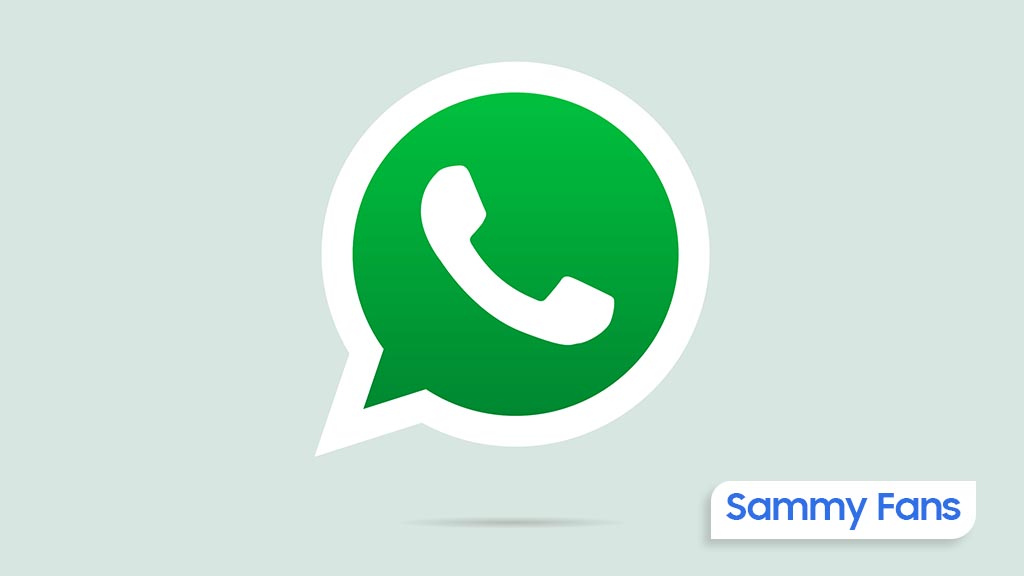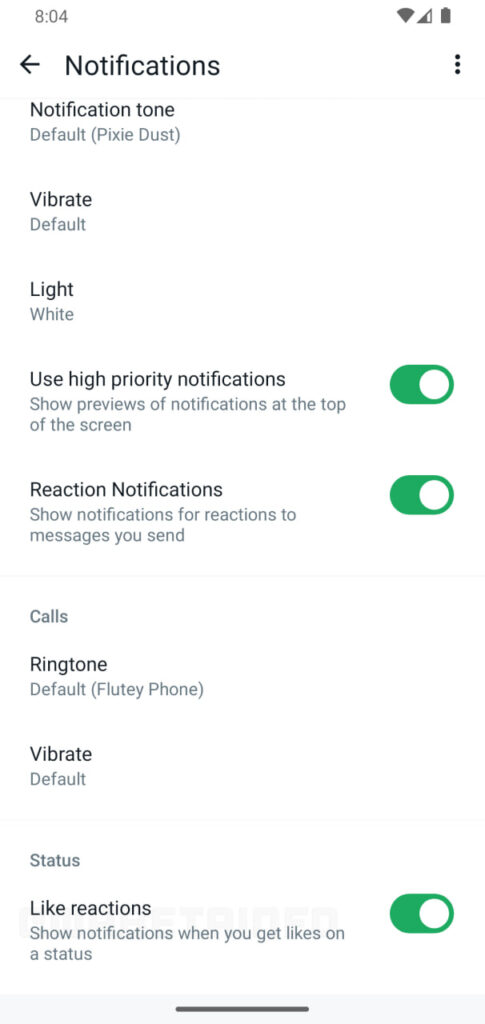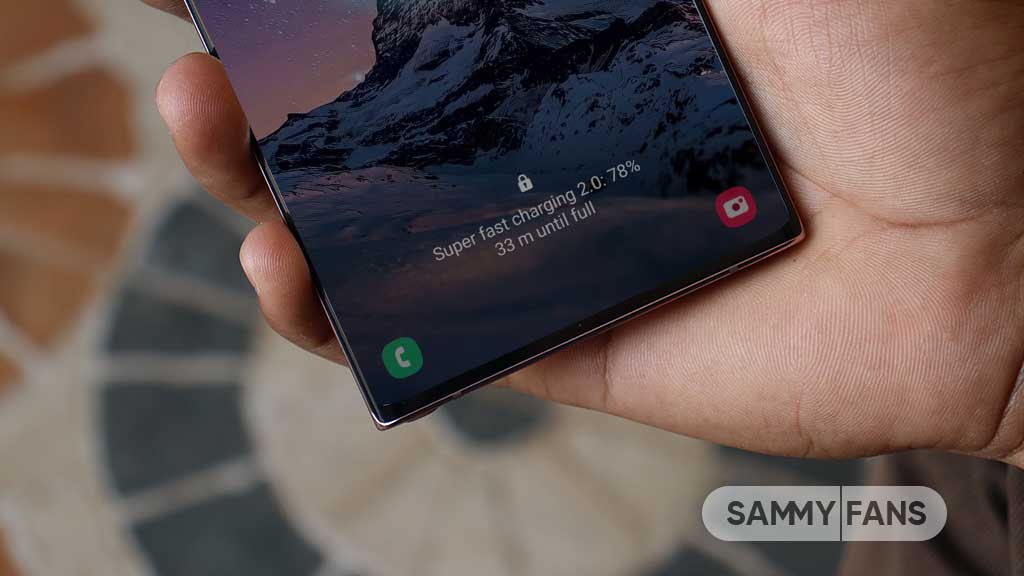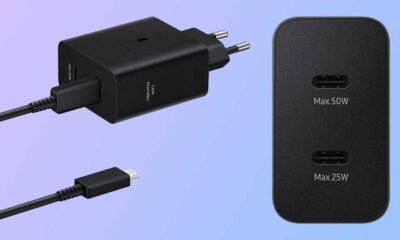Android
4 unique features that Android has but iOS doesn’t

Both Android and iOS are competent mobile operating systems, while Android does have a few functions that the iPhone still lacks. It turns out that some functionalities are still only accessible on Android phones despite all the improvements. We’ve listed 4 unique Android features that Apple’s iOS misses.
Clone App
You can replicate apps and utilize numerous accounts on Android phones. Making a copy of the original WhatsApp program and using a second account on it will allow you to utilize two WhatsApp accounts on your phone.
Download Sammy Fans App
The software of some Android phone makers, including Xiaomi and OnePlus, has this feature. If your Android phone does not already have this service installed, you can download a third-party clone app from the Google Play Store.
Modify default system apps
You can’t really customize many default apps on an iPhone. iPhones now have the option to change their default apps, except for the Email and Browser apps, according to the iOS 14 upgrade.
A phone running Android offers much more. Any third-party software with a better user interface and feature set can replace all of the standard apps, including the phone, messaging, digital assistant, and home apps.
Join SammyFans on Telegram
Always on display
Many Android smartphones have an always-on display option that enables you to monitor particular details like the weather or battery life without waking up the full screen.
It can be customized to show app notifications, the current date and time, the music you’re listening to, weather alerts, and other information. For smartphones with an AMOLED screen, the feature is useful and battery-saving. iPhone lacks this feature so occasionally your screen may wake up to notifications, which can be annoying.
Follow Sammy Fans on Google News
Install Custom ROMs
Custom ROMs are enhanced editions of the Android OS that come with a tonne of customization options and better functionality. The primary benefit of custom ROMs is that they provide your Android phone access to the most recent software, which increases the lifespan of the device.

You can have full control over your Android phone if you have root access. Once your smartphone has been rooted, you may add various mods for personalization, overclock or underclock the processor to boost efficiency or battery life, use a portion of your internal storage as additional RAM, and even boost the screen above 60 Hz. iPhone doesn’t offer to root, and it’s more difficult and doesn’t give you as much access to your device.
Android
WhatsApp to introduce reaction notification feature for status updates

WhatsApp for Android is rolling out a new beta update, which enhances user interaction with status updates by developing a new reaction notification feature. Users can identify the new beta update through version 2.24.9.29 on Android devices.
Previously, WhatsApp had been working on a quick reaction feature. The latest beta version goes a step further by providing an option to turn off notifications for ‘Like reactions.’ This means users can choose not to be notified every time someone reacts to their status, which could be particularly useful for those who receive many reactions.
This feature is beneficial as it allows users to reduce disruptions by preventing their notification panel from being cluttered with WhatsApp reaction notifications. But for those who prefer to view reactions at their convenience, this update will allow them to do so without the constant alerts.
Moreover, WhatsApp aims to enhance users’ control over their notifications and let them decide how they want to engage with status updates. This update is still under development, so stay tuned more details will be shared as they become available.

Stay up-to-date on Samsung Galaxy, One UI & Tech Stuffs by following Sammy Fans on X/Twitter. You can also discover the latest news, polls, reviews, and new features for Samsung & Google Apps, Galaxy Phones, and the One UI/Android operating system.
Do you like this post? Kindly, let us know on X/Twitter: we love hearing your feedback! If you prefer using other social platforms besides X, follow/join us on Google News, Facebook, and Telegram.
Android
Google Android 15 Beta 1.1 update fixes NFC issue and more
Google has released the Android 15 Beta 1.1 update for pixel devices, which includes a series of bug fixes following the previous version released two weeks ago. It is available for several Pixel devices, from the Pixel 6 to the Pixel 8 Pro, including the Pixel Tablet and Pixel Fold.
Identified via version AP31.240322.023, the Android 15 Beta 1.1 update comes with the latest security patch for April 2024. It addresses several issues, particularly with NFC which had been causing disruptions in wallet applications and other related system functions.
Moreover, the update resolves a problem that caused crashes in the Developer Options settings screen. It also fixes issues that were preventing some devices from properly updating to the initial Beta 1 release. Additionally, a fix has been implemented for a problem related to text clipping during printing tasks.
For users who are part of the Android Beta for Pixel program, the Beta 1.1 update will be provided as an over-the-air (OTA) update. Users can also manually install the update to enjoy error-free and enhanced service.

Stay up-to-date on Samsung Galaxy, One UI & Tech Stuffs by following Sammy Fans on X/Twitter. You can also discover the latest news, polls, reviews, and new features for Samsung & Google Apps, Galaxy Phones, and the One UI/Android operating system.
Do you like this post? Kindly, let us know on X/Twitter: we love hearing your feedback! If you prefer using other social platforms besides X, follow/join us on Google News, Facebook, and Telegram.
Android
Android 15 to boost wireless charging with NFC support

Google plans to introduce support for NFC Wireless charging (WLC) with Android 15. This feature is a significant development for charging small electronic devices. Unlike the widely-used Qi wireless charging, NFC wireless charging does not require large coils, making it ideal for devices with limited internal space.
With the Android 15 update, NFC wireless charging is expected to become more common in smaller devices such as earbuds, styluses, smartwatches, and tracker tags. This support will enhance user convenience and device functionality.
Announced in 2020, the NFC Wireless Charging technology uses antennas that are reportedly smaller than one centimeter. These antennas are versatile, serving both as a means for wireless charging and NFC data transfer. This dual functionality is particularly beneficial for smaller devices.
The slow adoption of NFC Wireless Charging in the market has been attributed to a lack of support from major operating systems. However, the recent Android 15 beta release indicates that Google is now integrating NFC Wireless Charging capabilities into the Android platform. This move could lead to an increase in WLC-enabled accessories.
This feature could transform the charging of devices like tracker tags, which could use NFC for both power and data, and styluses that comply with the USI 2.0 specification.
Android 15 might allow Google Play to update your phone’s NFC
Stay up-to-date on Samsung Galaxy, One UI & Tech Stuffs by following Sammy Fans on X/Twitter. You can also discover the latest news, polls, reviews, and new features for Samsung & Google Apps, Galaxy Phones, and the One UI/Android operating system.
Do you like this post? Kindly, let us know on X/Twitter: we love hearing your feedback! If you prefer using other social platforms besides X, follow/join us on Google News, Facebook, and Telegram.












